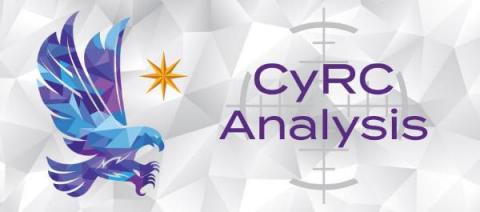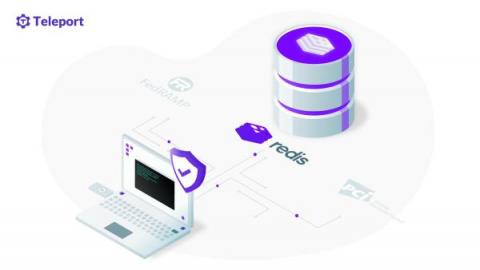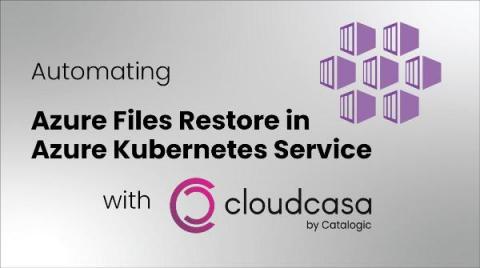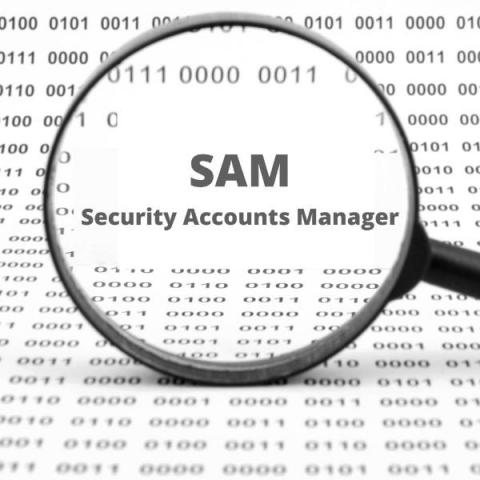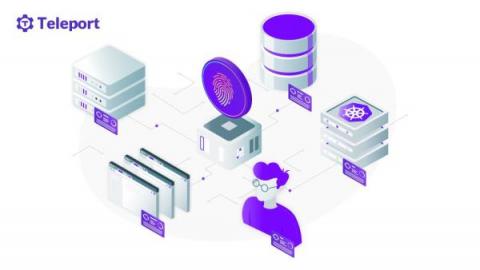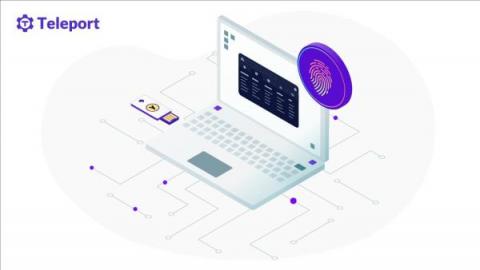Security | Threat Detection | Cyberattacks | DevSecOps | Compliance
DevOps
Today's Security Tidbit: An Encrypted JSON File Containing Malicious Code
As security researchers, we see new malicious methods being introduced on a daily basis from the ever-industrious global cadre of malicious actors. But not all of the things we find constitute breaking news. Sometimes, we run across something that doesn’t necessarily pose a threat, but still piques our interest. Instead of being the security equivalent of a four-course meal, it’s more of an amuse bouche.
How to Secure Redis
Redis is an in-memory data store that stores data in key-value pairs. It’s primarily used as a cache for quick data access, as a database, and as a message broker. Redis doesn’t have a default authentication setup in place exposing it to security vulnerabilities, which if exploited could potentially affect the infrastructure of the entire organization. These security vulnerabilities are what make securing your Redis database so important.
Infrastructure as Code (IaC) - A Developer's Perspective
The organizations developed and deployed their IT infrastructure manually in the early days. The IT teams were responsible for the maintenance of hardware as well as software aspects of the infrastructure. Therefore, it is also applicable to the software development cycle. However, with technological advancement, many organizations have adopted cloud infrastructure for their business.
A Day In the life of a CISO
Automating Azure Files Restore in Azure Kubernetes Service
If you are considering Azure Files as the persistent storage for your Azure Kubernetes Service (AKS) applications, there are important considerations around AKS backup and recovery with implications on how you can perform Dev, Test, and Staging. This article outlines these data management considerations in detail and how to work around Azure Files limitation to achieve feature parity with using Azure Managed Disks.
Windows SAM & AD SAM Security - Essential Guide 2023
Goodbye passwords. Why Teleport is joining the FIDO Alliance
Passwords and other shared secrets are the number one cause of data breaches. The security risks of passwords is widely recognized in the consumer space with the leading tech companies (and competitors) including Microsoft, Google, Apple joining together to create the FIDO Alliance to reduce the over-reliance on passwords. With FIDO, passwords are replaced with more secure, and easier to use biometric and cryptographic authentication.
What's New in Teleport 10
This post introduces all the features released in Teleport 10. Teleport 10 includes version 10.0, 10.1, 10.2 and 10.3. You can always find an up-to-date status of Teleport releases in our docs. Teleport 10 is the biggest release so far in the history of Teleport in terms of feature sets. Before we dive into all the Teleport 10 features, let me first introduce you to...
How to Access Infrastructure Without Usernames and Passwords
A password is a secret, and a secret can be lost, stolen or traded on dark web marketplaces. Most engineers know this, that’s why every SSH tutorial begins with the instructions for disabling passwords and enabling private/public key pairs. But a private key is just another form of a secret. In this article, I will try to explain why all forms of secrets are bad for you.


